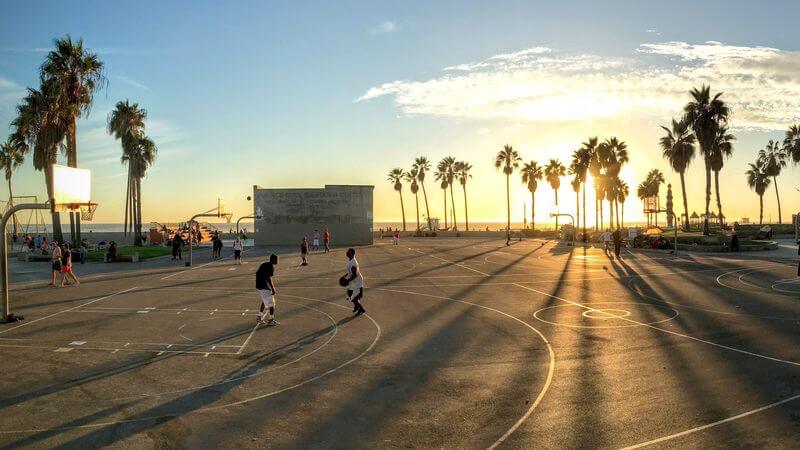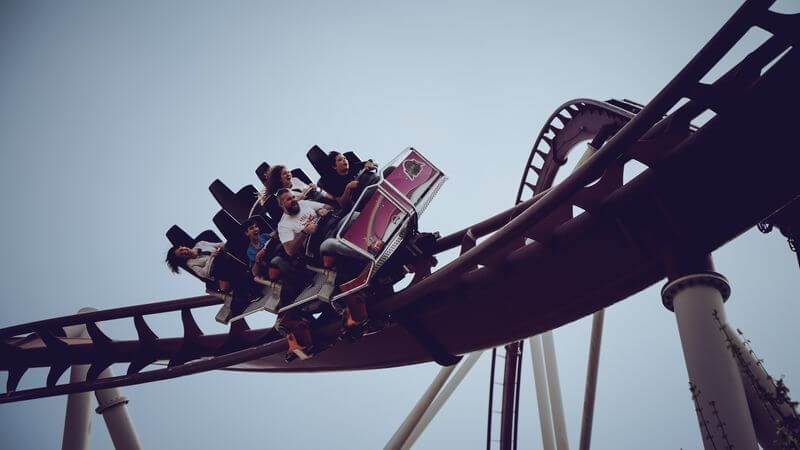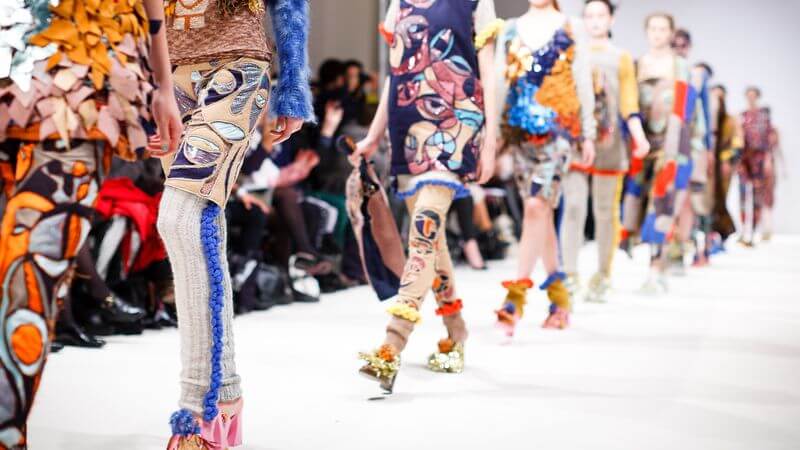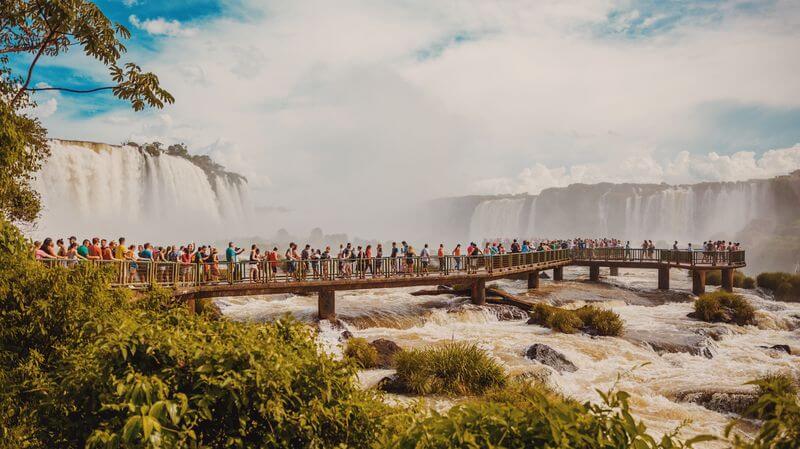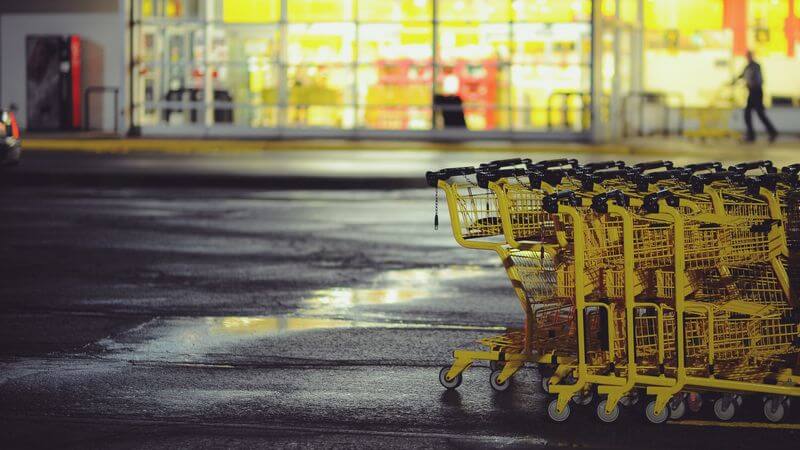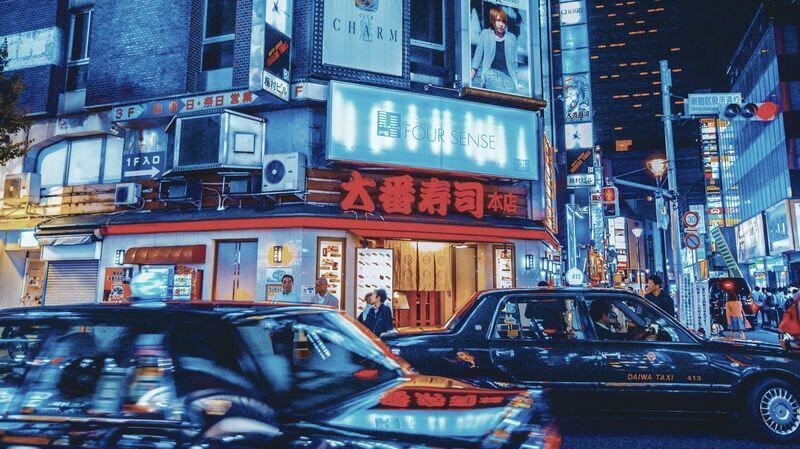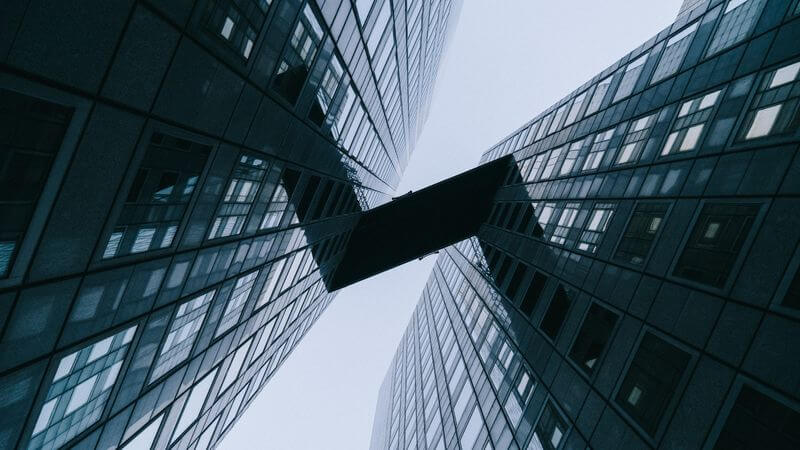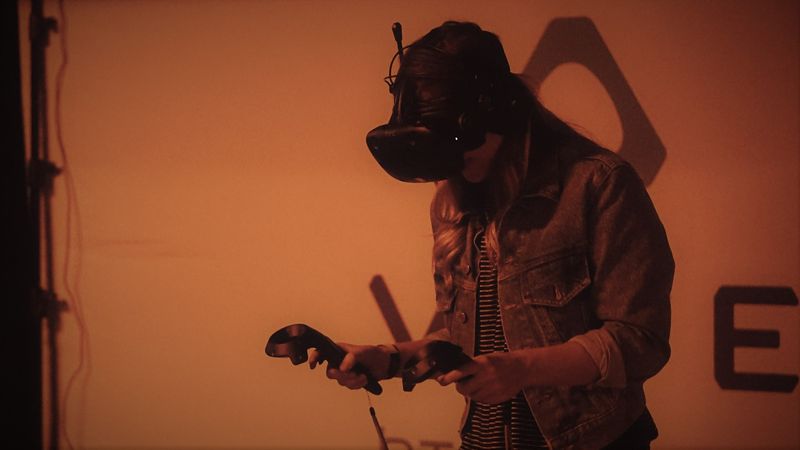Virtual reality has a huge potential that it’s even difficult to imagine now. TESLASUIT team made a complete picture of virtual reality applications. As it’s impossible to write about all of them in one place, we have listed VR use cases and potential contact points for industries.
Virtual reality and science / education
- Spatial navigation and spatial representation.
- Converting an abstract object into a material object within VR.
- With the help of virtual reality and tactile feedback, it is possible to sense non-existent or inaccessible objects, which are discussed in the pedagogical process.
- VR allows not only to see the teacher but also to act and to interact with a great number of people.
- Broadening the possibilities of collaborative mode for students and pupils, allowing more efficient and faster solution to group assignments.
- Simulation presence in hazardous environments (e. g., walking near the active volcano).
- Data visualization.
- Prototyping and modelling.
- Chemical design and molecular visualization.
- 3D-reconstruction.
- Anatomical visualization.
- Astronomical visualization.
- Interaction with objects (using gloves), viewing and scaling from different angles.
- Dynamic visualization and validation.
- Manipulating and touching virtual objects and experience whatever people studying firsthand.
Virtual reality and healthcare
- Exposure therapy (treatment for patients with phobias like fear of flying and claustrophobia).
- Treatment for post-traumatic stress disorder (PTSD) (learning how to deal with instances that might otherwise be triggers to behavior that could be destructive to themselves and others).
- Pain management (VR helps people get a handle on pain, especially for burn victims)
- Surgical training (virtual reality can provide means of practice without any risk to real patients).
- Curing phantom pain (alleviating pain via simulating virtual limb and practicing to do various tasks).
- Social cognition training for people with autism (using VR simulating of situations like blind dates or job interviews).
- Meditation (learn how to take deep, meditative breaths by making breathing the only control for the game, used for treating general anxiety).
- Opportunities for the disabled (allowing people with physical disabilities to play piano and guitar in VR using the headset’s eye tracking technology)
- Diagnostics (enabling doctors to make diagnosis in conjunction with other methods such as MRI scans)
- Robotic surgery (remote telesurgery in which surgery is performed by the surgeon at a separate location to the patient)
- Simulations (simulating sophisticated procedures, creating operations and training procedures, mastering disaster and emergency management)
Virtual reality and sport / exercising
- Broadcasting sport events to remote spectators in VR (hockey, football, basketball, etc.).
- Replaying and analyzing the team game from different perspectives (in professional sports).
- Collaborative training (ball sports, combat disciplines).
- Collaborative remote training (providing cost effective training for remote students).
- Planning tactics and overall strategy (basically in professional sports).
- Evaluating and testing strategy and tactics in VR (professional sports).
- Rehabilitation following injury.
- Simulations of the negative factors, such as wind and rain.
- Detecting deceptive movements in ball sports.
- Motivation through using virtual competitors or surrogate for exercising.
- Looking for new ideas in equipment design and innovation.
- Virtual coaching.
- Personalising place and time of training.
Virtual reality and entertainment / cinema
- Remotely going to virtual museums, galleries, exhibitions, and theatres.
- Accessing paranormal and supernatural characters in virtual theme parks.
- Taking part in complex music VR experiences (to be a singer or a musician or a listener).
- Historical reconstructions visiting.
- Simulating visceral experiences such as VR flight simulators or smell and sound experiences.
- Full immersion in cinema action using visual, aural and haptic (i.e. sense of touch) interfaces.
- Reproducing exotic travel daydreams and extra terrestrial space floats.
- Experience the beauty of nature or distant and inaccessible locations.
- Exploring immersive 360 videos and photos.
- Collateral immersing into VR videos and experiences.
Virtual reality and fashion
- Virtual simulations of fashion store environments.
- Experimenting with signage, product display, and layout in stores.
- Fitting rooms and increasing of matching clothing that was worn.
- Virtual reality catwalk fashion shows and immersing new buyers into it.
- Virtual experiences with the sensing of clothing materials and their stiffness.Shopping online in VR with your own custom 3D avatar.
- Shopping tours to world famous stores.
- Simulating makeup experiences.
- Marketing campaigns and shared online experiences.
Virtual reality and cultural heritage / tourism
- Visiting and exploring new spaces, especially those ones that are physically inaccessible to people.
- 3D modelling for digital preservation of heritage monuments and statues.
- Training system for calligraphic fonts using virtual reality technology.
- Real-time VR model for effective crowd management.
- Evaluation and analysis of vehicular traffic to mass tourist directions.
- Characteristics of pedestrian movement to Hajj and its influence on vehicular traffic.
- Using VR for education and presentation of virtual heritage (digitized cultural heritage sightseeings).
- Visual communication design interventions, such as animations and game designs, depicting the meaning of cultural heritage via narrative.
- Culture and heritage education via virtual reality.
- Learning and adoption of new approaches to heritage and culture applications and interpretations.
- Virtual reconstruction of historical and cultural objects and events.
- Demonstration of present and future destinations by tourism agencies in 360 videos.
Virtual reality and retail
- More spectacular shopping experience.
- Getting consumer insights.
- An easier way to make product testing.
- Simplify category management.
- Create custom merchandise and designing stores.
- Redesign and rеmodelling store layout.
- A/B testing different format options.
- Using VR for shelf / assortment layout and packaging performance tests.
- Contextual store walks / real-time views of store performance.
- Virtual assistants (bots) appearing to give a personalized response to purchase particular products.
- Store analytics: understanding the consumer journey, identifying blind spots in store, monitoring hot spots for customer navigation and measuring time spent viewing (or discarding) particular products.
- Eye tracking authentication for behavioral mapping and understanding the consumer journey.
- Enhanced advertising, sales, and marketing campaigns.
- Cost and time-saving education, onboarding and testing new employees.
Virtual reality and media / advertising / telecommunications
- Interpersonal communication between users at remote locations using extremely rich sensory data (expressions, touch, vision, smell, breathing).
- Face-to-face meeting systems with life-size user images with a relatively accurate position.
- Deep immersion (or even full immersion) into virtual spaces using spatial sound, photo-realistic video, and pictures, haptic feedback (sense of touch), smell, taste and motion platforms.
- Remote presentation and remote communication with tactile interaction.
- Advanced ways to communicate in VR social networks and to create shared immersive content across them, that anyone can use or buy.
- Remote collaboration to help manage various sociocultural space.
- Enhanced and more interactive storytelling across journalism, news making and video production industries.
- Incredibly emotional storytelling in marketing and advertising campaigns.
Virtual reality and AEC (architecture, engineering and construction)
- Demonstration and validation, planning and design, construction technology and project management in civil engineering.
- Design and planning process.
- Construction technology and engineering safety management.
- Constructional stage simulations (checking parts and components of machines in time and spatial position).
- Transportation simulations.
- Predicting disasters and disaster management (flood disaster, geological disaster, earthquake disaster).
- Display the structural components, details, and load-acting responses.
- Improve construction education through the use of virtual reality and 4D CAD modelling of construction processes and projects.
- Tools for studying design processes and design creativity.
- Concurrent engineering in a construction across multidisciplinary teams.
- Progress monitoring and information modelling.
Virtual reality and gaming
- Collaborative and distant 3D gaming.
- VR in gaming as a sensorimotor and cognitive rehabilitation tool.
- Full immersion into gaming using at least 3 senses: aural, visual and touch (all 5 in the future).
- A new level of “exergaming” — vigorous body activity as the input for interacting with engaging digital game content with the hope of supplanting the sedentary activity.
- More deep and dynamic adaptation of the game to the gamer using BCI (brain computer interface) and sensing technologies.
- Social VR experiences.
- Immersive and radically new way to get gambling experiences.
- VR gaming can bring back game arcades.
- Advanced level of tabletop gaming using more fascinating setting and atmosphere.
It was a brief overview of virtual reality applications. If you have something useful to add, offer your options in comments.
If want to ask any specific details, please, feel free to contact us or comment below.
Follow our blog to learn more about virtual reality technologies and haptic feedback.



